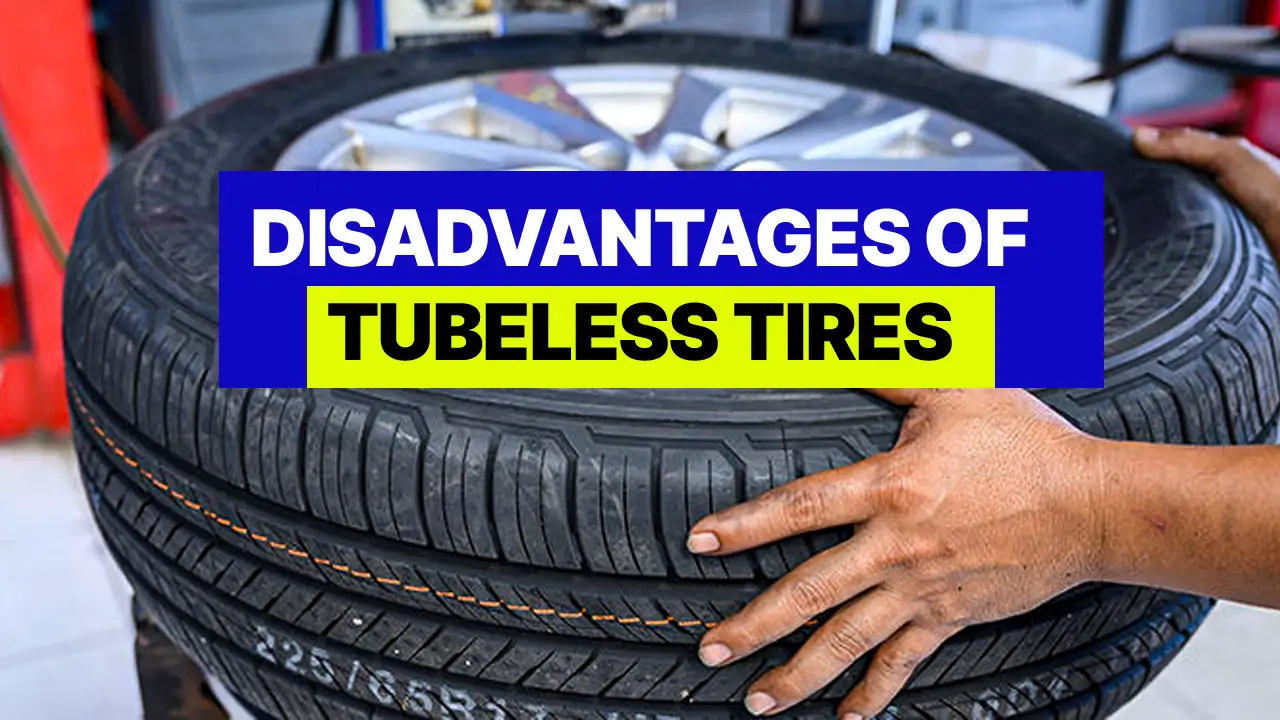The many benefits tubeless tires offer over conventional tube-type tires have led to their growing acceptance in recent years. Enhanced safety, increased fuel efficiency, less chance of abrupt deflation, and repair in the event of small punctures are among the advantages they provide. Tubeless tires have inherent drawbacks, just like any other technology, which could make them unsuitable for some people or circumstances. Here, we’ll go over the main disadvantages of tubeless tires, including their complexity, restrictions, and things to have in different situations.
Higher Initial Cost
The initial cost of tubeless tires is more than regular tube-type tires, which is one of its main drawbacks. Because tubeless tires require more sophisticated materials is typically higher. The process of building tubeless tires involves adding an airtight seal and frequently more complex internal components, which raises the cost of production.
This initial investment may be a turnoff for consumers on a tight budget if the cost looks like it would be for tube-type tires. In areas where financial limitations are more prominent, for instance, the price differential may persuade prospective customers to choose conventional tube-style tires through the long-term advantages of tubeless technology.
Complex Installation and Mounting
Tubeless tire mounting and installation are more involved than tube-type tire mounting. For tubeless tires to sustain air pressure, there is an airtight seal between the tire and the rim. It takes specialized tools and exact installation methods to achieve this seal. If not done appropriately, the tire may malfunction or get flat due to air or pressure loss.
Difficulty in Repairing Large Punctures
Although tubeless tires are good at sealing themselves and have small punctures (usually with sealant), larger punctures or more serious tire damage are to be fixed on tubeless tires. Tubeless tires can seal small punctures while driving, allowing the tire to continue operating without experiencing a loss of air pressure. However, the repair procedure gets difficult and necessitates expert assistance when a tubeless tire develops a deeper puncture, a cut, or damage close to the sidewall.
Requires Compatible Rims
The requirement for rims made for tubeless applications is another major drawback of tubeless tires. Not all vehicle rims are compatible with tubeless tires, particularly on older cars or specialized equipment like some types of bicycles, motorbikes, or heavy machinery. Because of their bead lock construction, tubeless-compatible rims and tires form an impenetrable airtight seal. The cost and complexity of converting to tubeless tire technology rise when a vehicle’s rims need to be changed or replaced if they are not ready for tubeless tires.
Air Pressure Maintenance
Even though tubeless tires typically retain air pressure more effectively than tube-type tires under normal circumstances, they are more susceptible to pressure variations brought on by external variables. In extremely low temperatures, for example, tubeless tires may lose tire pressure more quickly due to the tire’s internal air contracting. Additionally, if the tire bead or rim sustains damage, it may cause slow leaks that are not noticeable at first.
